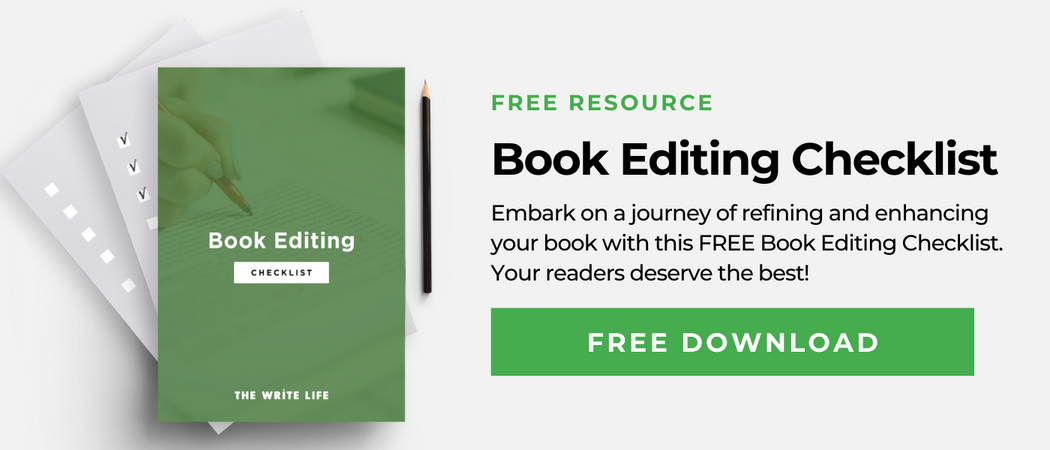When it comes to succeeding as a writer, there are a lot of rules and techniques you should know and learn how to use. One of them is how to properly use metaphors in your writing.
We will be going over what metaphors are, taking a look at some metaphor examples, and going through some other tricks and tips in order to use them in the right way.
Metaphors can make your writing stronger and give readers something to visualize when they are reading. Imagine when you hear the phrase “couch potato” and while it logically does not make sense, you can also imagine what that is in your head.
Keep in mind, metaphors are not always something you are going to use in your writing. There is a time and a place to use them, but we will be going over when you should avoid using them, too.
Metaphor Examples
What Is A Metaphor?
While you might have a vague idea of what a metaphor is, you might not know exactly how to define what it is. Let’s cover the basics and then dive into more of an explanation.
According to the Dictionary:
A metaphor is a figure of speech in which a word or phrase is applied to an object or action to which it is not literally applicable.
A metaphor is a figure of speech that involves making a direct comparison between two seemingly unrelated things to highlight a similarity between them. Unlike a simile, which uses “like” or “as” to make a comparison explicit, a metaphor uses the imagination to create comparisons.
Metaphors are often used to make descriptions more vivid, engaging, or expressive by drawing on the reader’s understanding of the compared items.
Metaphors are often used in literature, poetry, and everyday language to create imagery, enhance communication, and convey abstract ideas in a more relatable and understandable way.
Why Writers Should Learn To Use Metaphors
Metaphors can help make your writing memorable. It can help you express deeper emotions and spark the readers imagination while they read it.
It can make your writing stand out, be more creative, or be more memorable. As you can imagine, all of those are important reasons to use them in your writing if you want to become a full-time writer.
Even if you do not enter a creative writing field, you should still practice using them every now and then so you can improve your overall writing skills.
However, that does not mean writers should always use metaphors, as there are times and places to do so.
When To Use Or Not Use Metaphors
For the most part, you will want to use metaphors when you are doing any type of creative writing.
You might not want to use them as often in an academic or business context, depending on what you are writing.
If you are unsure, you will want to think about the person or audience you are writing for and decide if it is a good idea to include creative writing in it. You will also want to consider if the audience is native speakers to your language because sometimes metaphors will translate in a weird way that can be off-putting.
Here are some other times you might not want to use metaphors:
- Technical writing – Most technical writing needs to be straightforward and clear-cut, so it is not the time to be creative.
- Legal writing – For the same reasons above, you will want to avoid metaphors and creative language in legal writing.
- Sensitive topics – You never want to come across as trivializing or insensitive in these kinds of situations, so keep the metaphors at bay.
- Overused – You also do not want to overdo it with. metaphors in any creative writing.
Metaphor Examples
Now that we have covered the basics, we will dive into some more specific examples and then give a longer list of other ones you might have heard of.
Example #1: “Time is money.”
In this metaphor, time is compared to money, suggesting that just as money is valuable and should be spent wisely, so should one’s time.
Example #2: “Her smile was a ray of sunshine.”
This metaphor compares the brightness and warmth of a smile to the qualities of sunlight.
Example #3: “The world’s a stage.”
This metaphor implies that life is like a theatrical performance, with people playing different roles and putting on a show for others.
This one also comes from As You Like It by William Shakespeare, a great piece to dive into if you want to learn about extended metaphors, which we will cover below.
“All the world’s a stage, and all the men and women merely players.”
Shakespeare
Some other metaphor examples that are common in our language:
- Having a heart of gold
- Money is the root of all evil
- She is the bomb
- He’s is a couch potato
- Time is money
- Her voice was music to his ears
- The world is a melting pot of cultures
- Life is a rollercoaster with its ups and downs
- His words were a dagger in my heart
- She’s a shining star in our organization
- Love is a battlefield
- The classroom was a zoo after the teacher left
- The city is a concrete jungle
- My heart is a lonely hunter
- His anger was a volcanic eruption
- The book was a passport to another world
- The detective had a mind as sharp as a razor
- The news hit me like a ton of bricks
- Time is a thief in the night
- The idea planted a seed in her mind
- Her laughter was infectious
- The politician’s promises were empty words
- The car roared to life
- His smile was a beacon of hope
- Life is a highway
- He is an early bird
What Is An Extended Metaphor
While we have now extensively covered what a metaphor is, but you might be wondering what an extended metaphor is or how they work.
An extended metaphor is a metaphor introduced and then further developed throughout all or part of a literary work, especially a poem.
Dictionary.com definition of an extended metaphor
An extended metaphor is a literary device that occurs when a metaphor is prolonged and developed throughout a piece of writing or a speech, often spanning several sentences, paragraphs, or even an entire work.
Unlike a regular metaphor, which is a brief comparison, an extended metaphor is sustained and elaborated upon, allowing the writer to explore and explain a complex idea or theme in depth.
In an extended metaphor, the initial comparison is introduced, and then various facets or aspects of that comparison are explored further, often providing a deeper insight or understanding of the subject matter. This technique is frequently used in poetry, prose, and speeches to create a more profound and lasting impact on the reader or audience.
These are not something you will often start using when you are learning creative writing. It takes time to learn how to draw out the same meaning across a whole piece.
Need More Writing Help?
The book editing checklist and guide below will help you make sure you have not only your metaphors but all of your other editing on point throughout your book.
Pesky typos and other simple errors are enough to turn off potential readers, so having them sprinkled throughout your book can be a huge problem. You will want to make sure you catch all of the errors before your book is published and this guide can help.
Get your copy today!



